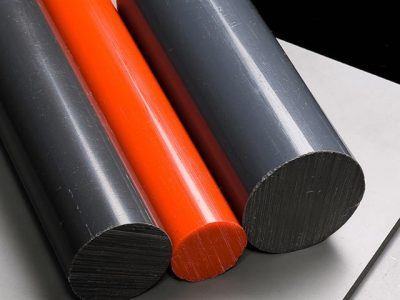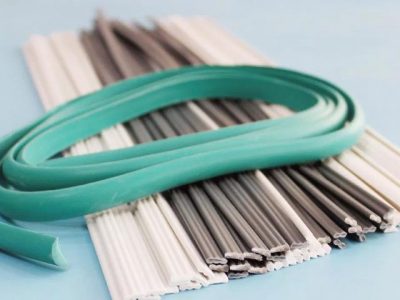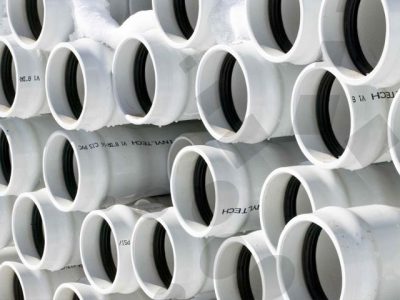Pvc… (Polyvinyl chloride)
Properties
| PVC (Poly vinyl chloride) | |
| Class | Application areas |
| S57 | Extrusions of flexible sections and hoses |
| S60 | Extrusion and Injection Moulding |
| S65 | Rigid and semi-rigid pipes |
| S67 | Rigid and semi-rigid pipes |
| S70 | Extrusion and Injection Moulding |
It is usually the most commonly produced synthetic plastic polymer after shortened PVC, polyethylene and polyproplets. The PVC comes in two basic forms: hard (sometimes abbreviated as RPVC) and flexible.
Production
Polyvinyl chloride is produced by polymerization of vinyl chloride monomers. About 80% of the production includes suspension polymerization. Emulsion polymerization is approximately 12% and mass polymerization is 8%. While the suspension polymerizations give particles with an average diameter of 100-180 um, emulsion polymerization yields smaller particles in the average size around 0.2 um. The VCM and water are given to a polymerization initiator along with the reactor and other additives.
Applications
Tin-based stabilizers are often used for harsh, transparent applications due to the high temperature processing conditions used in Europe. The situation in North America is different where tin systems are used for almost all solid PVC applications. Tin stabilizers can be divided into two main groups; The first group contains the ones with tin-oxygen bonds and the second group of tin-sulphur ligaments. According to European stabiliser manufac[12]turers, most organo stabilizers have already successfully registered REACH. More chemicals and usage information is available on this site. The flexible PVC-coated wire and cable for electrical use is traditionally balanced with lead, but they are replaced with calcium-based systems, as in the rigid area.




